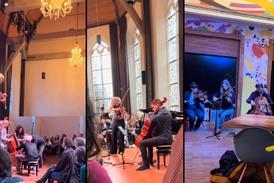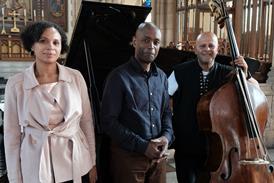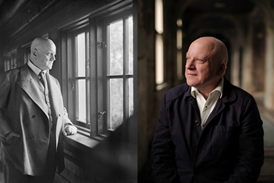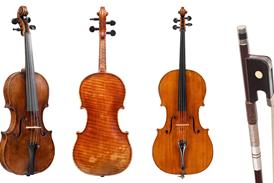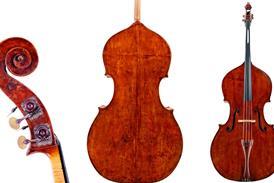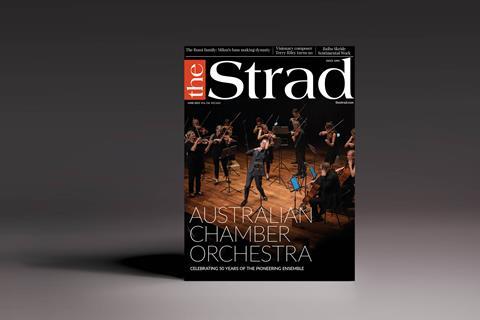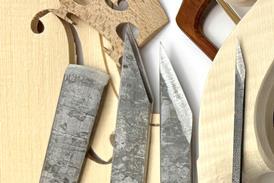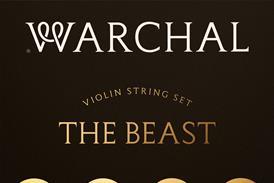- More from navigation items
- Home
- News
- For Subscribers
- Student Hub
- Playing Hub
- Podcast
- Lutherie
- Magazine
- Magazine archive
- Whether you're a player, maker, teacher or enthusiast, you'll find ideas and inspiration from leading artists, teachers and luthiers in our archive which features every issue published since January 2010 - available exclusively to subscribers. View the archive.
- Jobs
- Shop
- Directory
- Contact us
- Subscribe
- School Subscription
- Competitions
- Reviews
- Debate
- Artists
- Accessories
The Score: Friend or Foe?

The multiple editions of a piece can confuse a musician. Should we always work from an urtext edition in an attempt to access the composer’s most authentic voice? Or can edited versions with interpretative markings be helpful? Cellist Pedro de Alcantara guides us through this minefield
Look at the autograph score by Bach in figure 1. It shows the first movement of his Solo Violin Sonata in G minor BWV1001. Apart from what’s in the score, the simple fact that we have physical evidence of a life lived three centuries ago is amazing. As it happens, the life in question was unfathomably great. To look at a page from a Bach autograph is to witness the phenomenon of immortality. Your job as a player is to take that page and translate it into gestures and sounds – intervals, fingerings, bow strokes. Whether you’re on stage or in your practice room, you’ll become an agent of Bach’s immortality, and by extension an agent of immortality itself. It’s a big responsibility…
Already subscribed? Please sign in
Subscribe to continue reading…
We’re delighted that you are enjoying our website. For a limited period, you can try an online subscription to The Strad completely free of charge.
* Issues and supplements are available as both print and digital editions. Online subscribers will only receive access to the digital versions.


